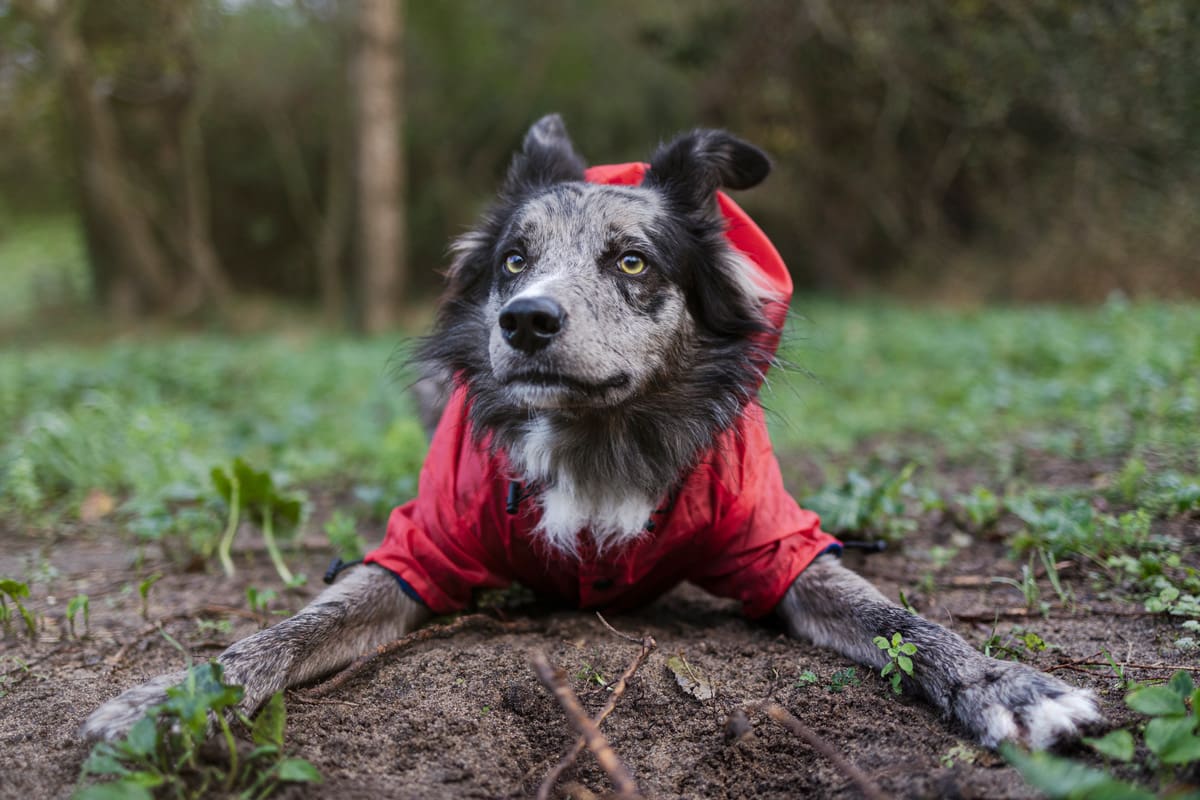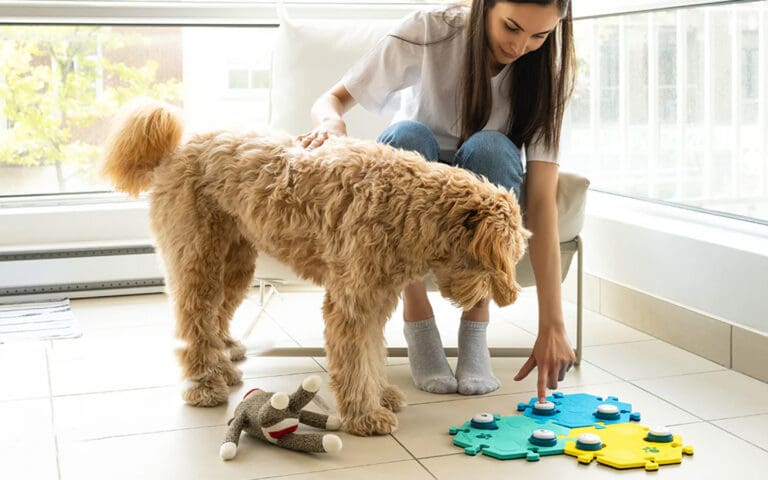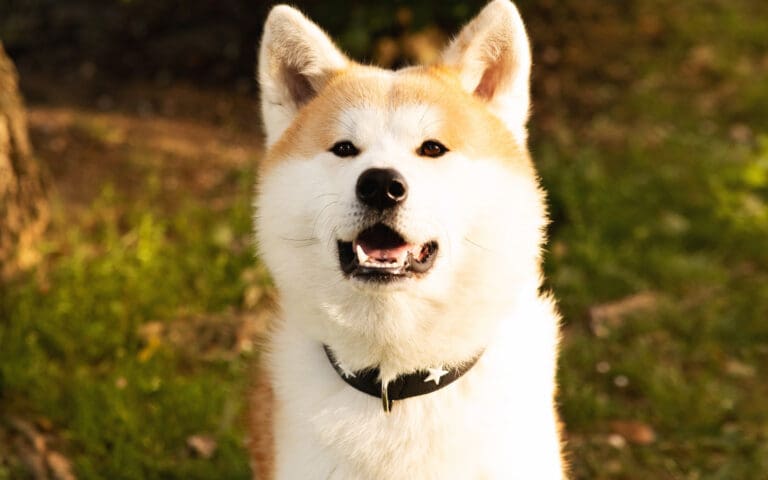Our four-legged companions rely on us to provide not only love and care but also regular exercise to keep them healthy and happy. Here’s a guide to how much exercise your dog needs based on their age, as well as some suggested activities.
Each Pup Is Different
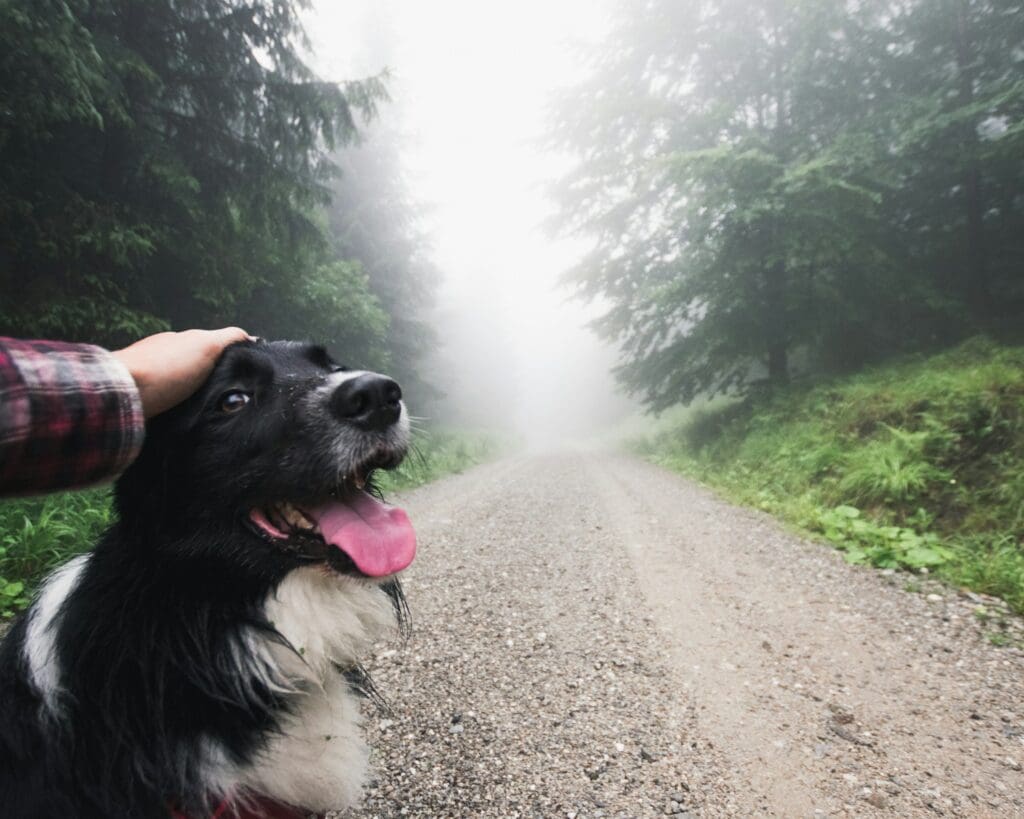
Understanding your dog’s exercise needs can be a bit tricky. Different ages and breeds require varying levels of physical activity to thrive. In this article, we’ll break down the exercise requirements for puppies, adult dogs, and senior dogs. We’ll also explore various outdoor and indoor activities to keep your furry friend active, healthy, and content.
Exercise Requirements for Puppies
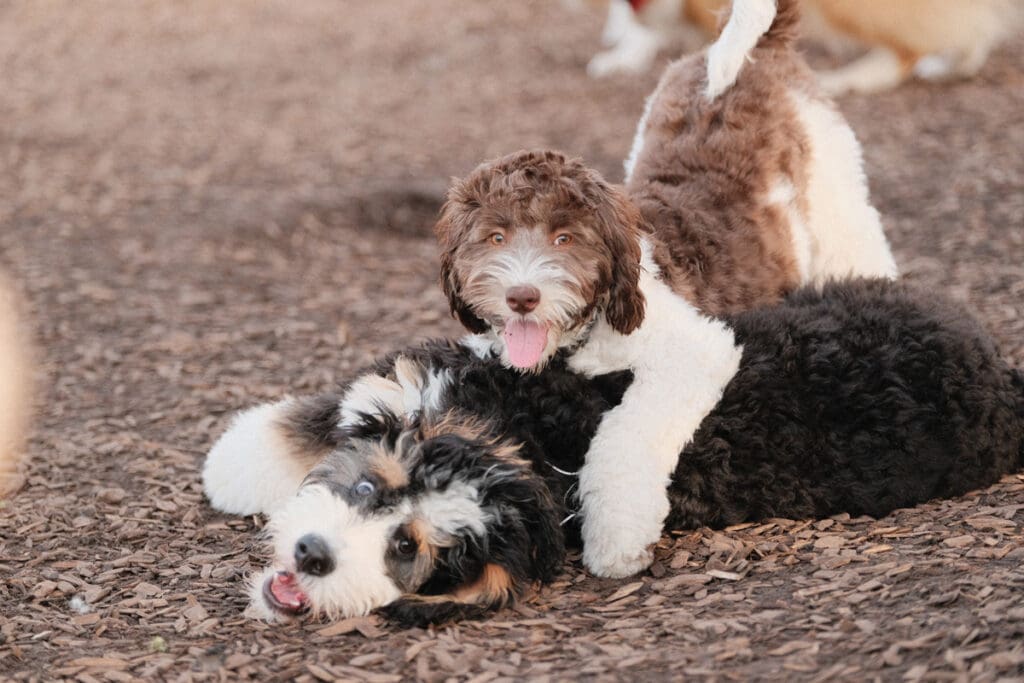
Puppies are bundles of energy and curiosity, and their exercise needs reflect this enthusiasm. While exercise is essential for their physical and mental development, it’s crucial to be mindful of their growing bodies.
Short, frequent play sessions are ideal for puppies. Aim for 5-10 minutes of exercise per month of age, up to twice a day.
Activities like gentle fetch, short walks, and puppy socialization classes help them burn off energy while learning valuable social skills.
Exercise Requirements for Adult Dogs
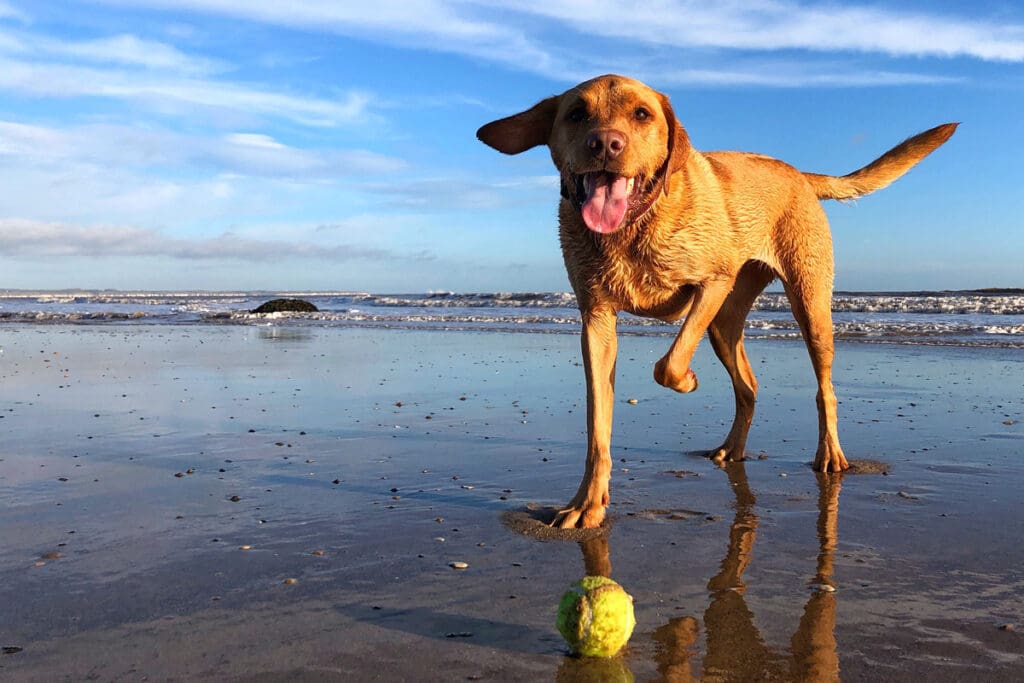
Adult dogs’ exercise needs vary depending on their breed and activity level. Most dogs benefit from at least 30 minutes to 2 hours of exercise each day.
Breeds like Border Collies and Labrador Retrievers are highly active and may require more.
Tailor exercise to your dog’s breed and preferences. Activities like brisk walks, jogging, fetch, and dog park visits are excellent choices.
Exercise Requirements for Senior Dogs
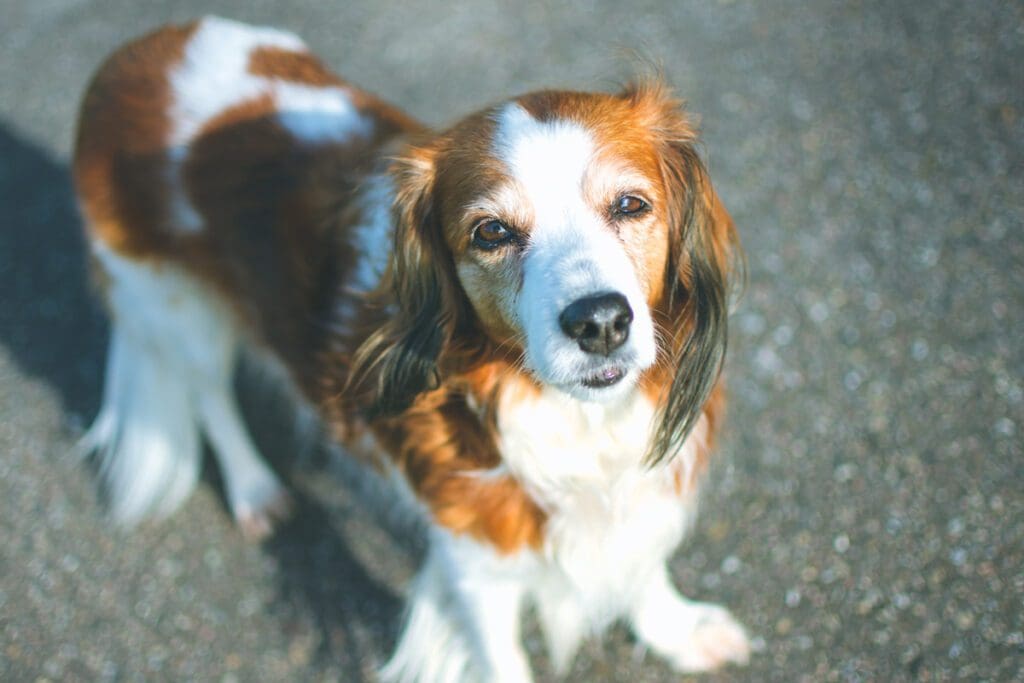
Senior dogs slow down as they age, but they still need regular exercise to maintain mobility and mental sharpness. Their exercise requirements can range from 30 minutes to 1 hour per day.
Focus on low-impact activities such as gentle walks, swimming, or indoor games like hide and seek. Be attentive to their comfort, as older dogs may have arthritis or joint issues that require special care.
Outdoor Exercise Recs

Now that you know how much exercise your dog may need based on its age, here are several types of activities to engage your dog in to make sure your pet stays healthy and in shape.
1. Hiking: Exploring nature trails with your dog provides mental stimulation and a great workout.
2. Cycling: Some dogs, especially larger breeds, can keep up with you while you ride your bike.
3. Skating: Rollerblading or skateboarding with your dog on a leash can be a fun and active experience.
4. Swimming: Many dogs love swimming, which is a fantastic low-impact exercise option.
Outdoor Exercise Recs
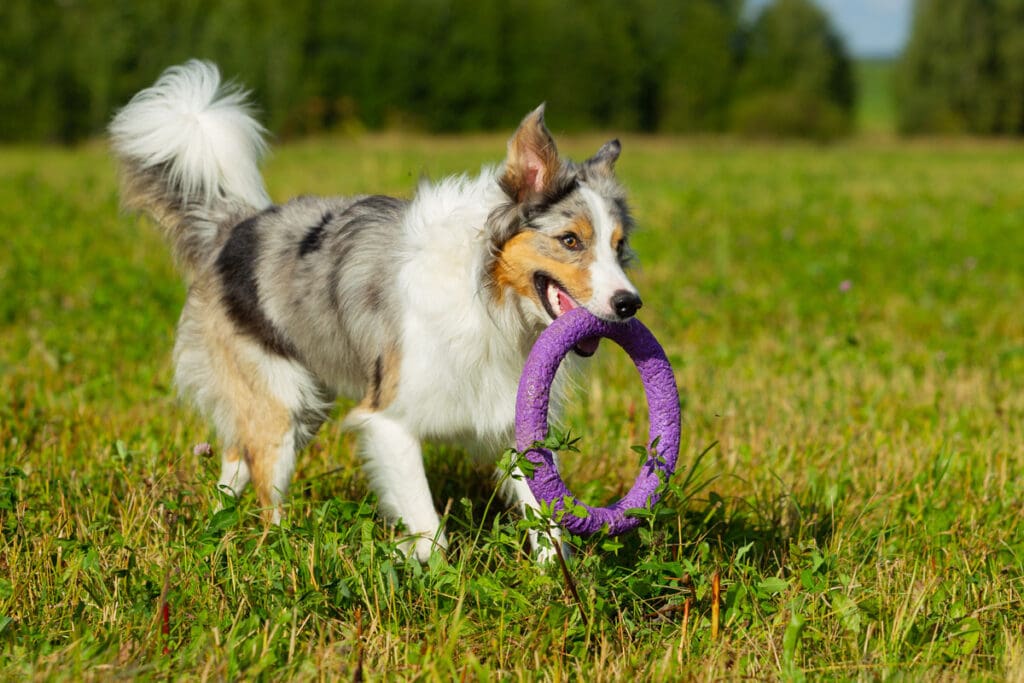
It’s worth noting that while taking your dog for a walk might be enough for a dog with lower exercise requirements, puppies and more active dogs will need some of the following activities in addition to a daily or twice-daily walk.
5. Fetch: Playing fetch in the park or your backyard offers a great cardio workout.
6. Obedience Training: Training sessions not only exercise your dog’s body but also engage their mind.
7. Dog Sports: Activities like agility, flyball, and Frisbee can provide both physical and mental stimulation.
Indoor Exercise Recs

Weather conditions – hot, cold, wet, or snowy – can prevent you and your dog from getting outside for long periods of time. Lack of exercise can harm your pet’s health, as well as lead to potential behavioral problems.
1. Tug: A game of tug-of-war is an excellent indoor exercise that engages your dog’s muscles.
2. Hide and Seek: Hide treats or toys around the house for your dog to find.
Indoor Exercise Recs
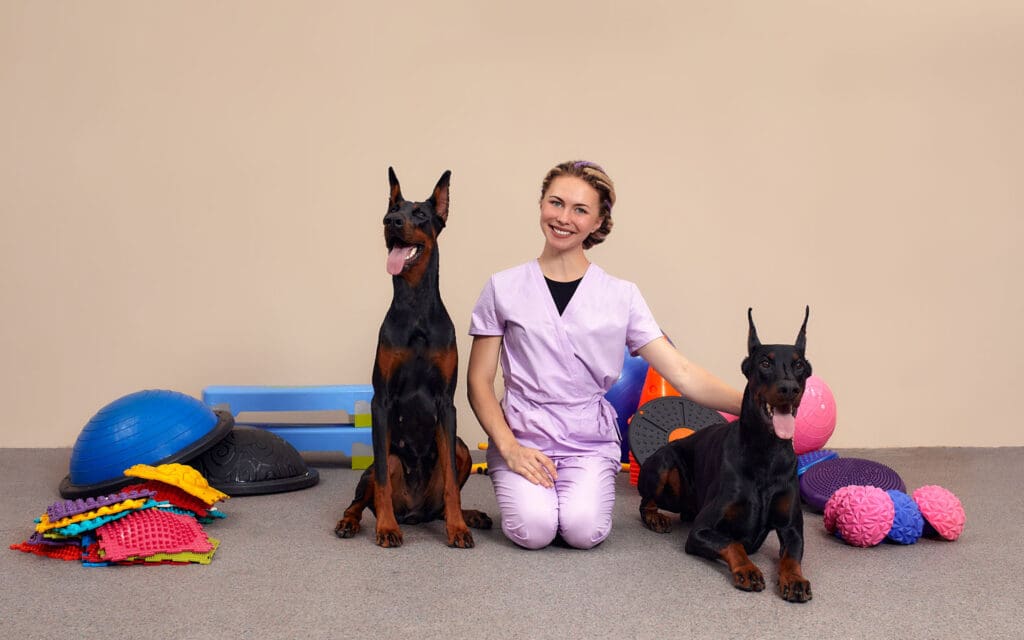
If you can’t get outside, make sure to engage your dog in indoor activities. Here are some more exercises your dog can do indoors.
3. Stairs: If you have stairs, encourage your dog to climb them, providing a great leg workout.
4. Treadmill: Treadmill walking can be a useful indoor exercise, especially in inclement weather.
5. Agility: Set up mini agility courses indoors to challenge your dog’s agility and obedience.
Final Thoughts

Understanding and meeting your dog’s exercise needs are essential for their overall well-being. Puppies, adult dogs, and senior dogs have varying requirements, so tailor their exercise routines to their age, breed, and health.
Always consult your veterinarian for personalized exercise recommendations, and remember that mental stimulation through training and play is just as important as physical activity for your furry friend’s happiness and health.

